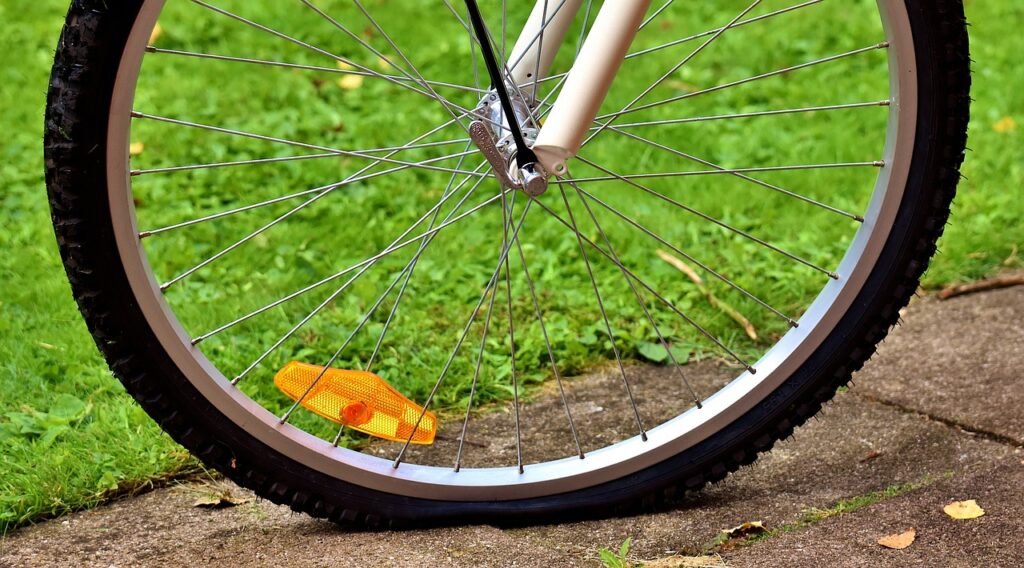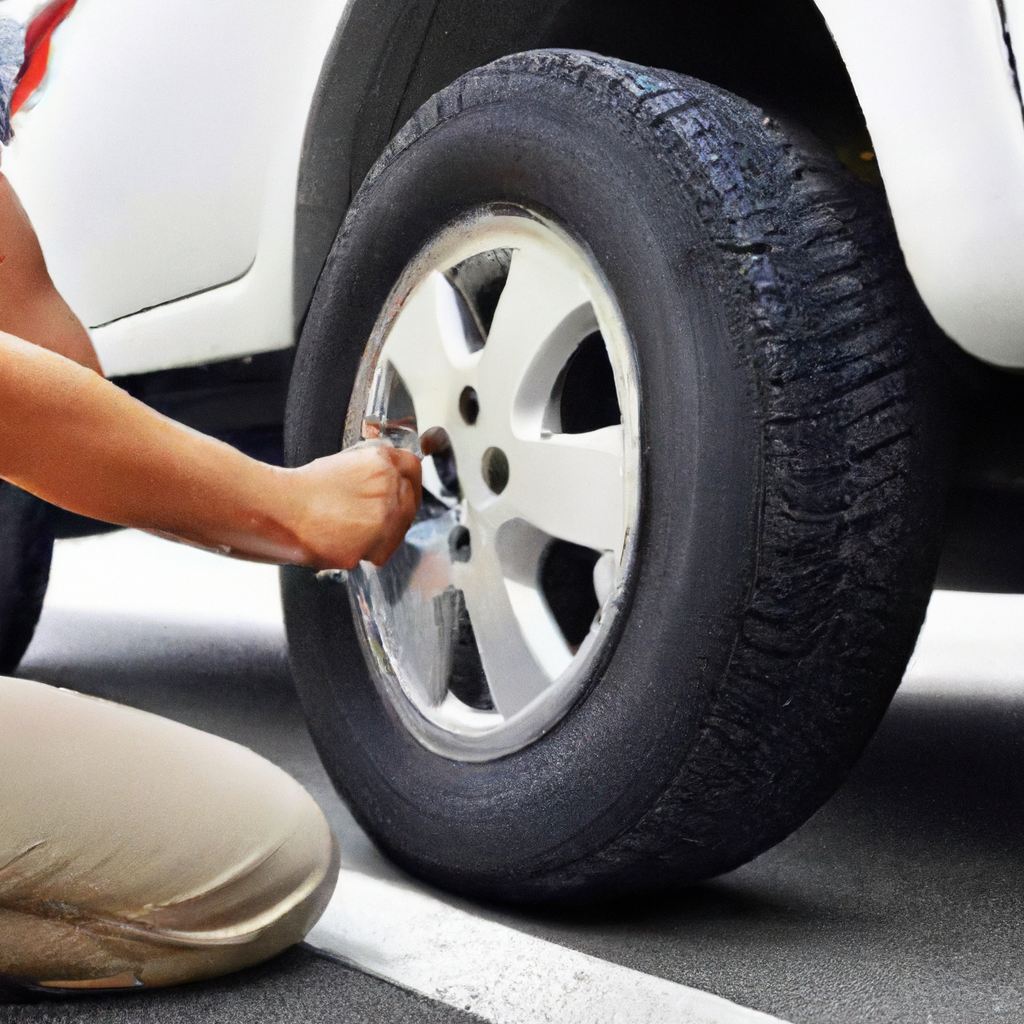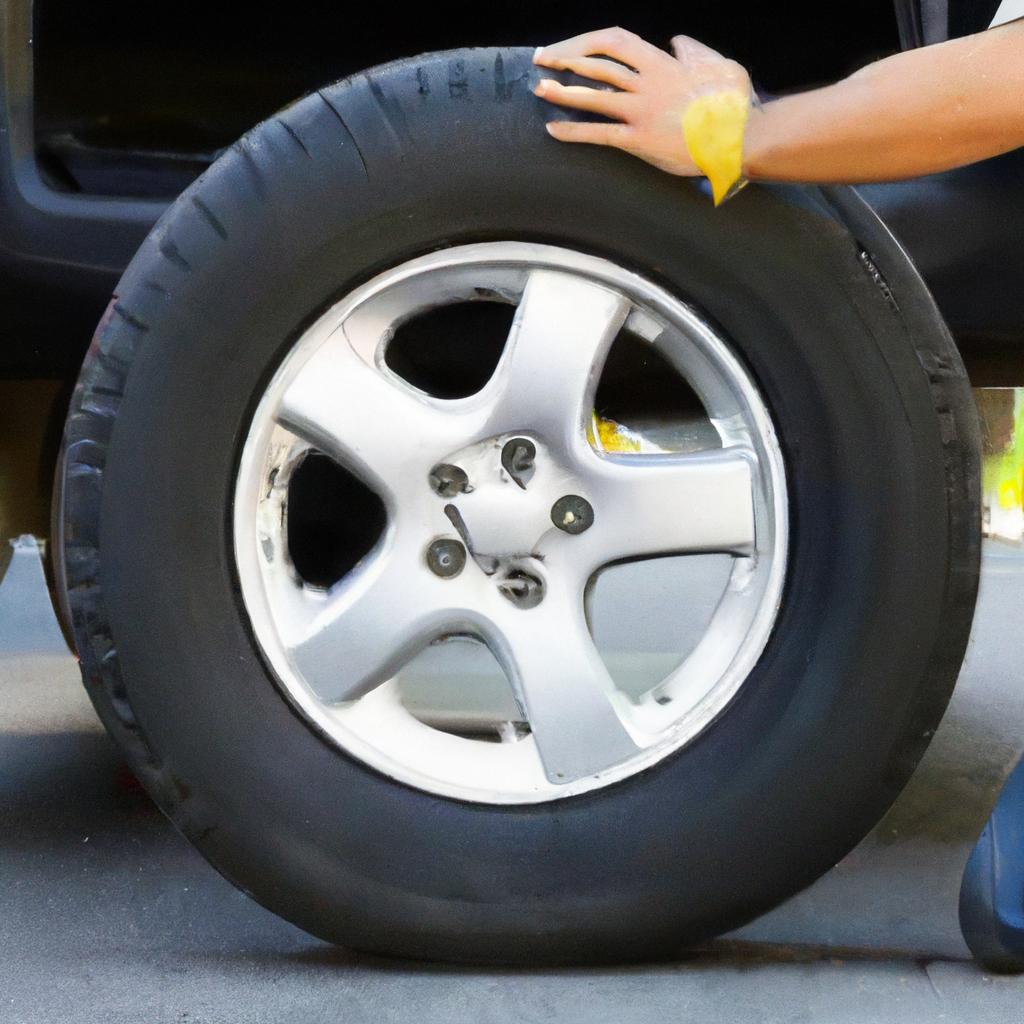Have you ever wondered if run-flat tires can be repaired in case of minor damage? This article explores the possibility of repairing run-flat tires that have sustained minor damage. While run-flat tires are designed to keep you on the road even after a puncture, it is important to assess the extent of the damage before attempting any repairs. So, let’s find out if your run-flat tire can still be salvaged with a minor repair.
Overview
Definition of run-flat tires
Run-flat tires are specially designed tires that are built to support the weight of a vehicle even after experiencing a loss of air pressure. Unlike traditional tires, run-flat tires are constructed with reinforced sidewalls that allow the tire to maintain its shape and continue supporting the vehicle’s weight even when there is a puncture or loss of air.
Advantages of run-flat tires
The use of run-flat tires provides several advantages for drivers. Firstly, in the event of a puncture or loss of air pressure, run-flat tires allow you to continue driving at a reduced speed for a certain distance, providing convenience and avoiding the need for immediate tire changes. This feature is especially beneficial in situations where finding a safe location to replace a tire may be challenging, such as on busy highways or in inclement weather conditions.
Another advantage of run-flat tires is the enhanced safety they offer. When a tire loses air pressure, it can affect the vehicle’s stability and control, potentially leading to accidents. Run-flat tires mitigate this risk by providing a level of support that allows drivers to maintain better control over their vehicle, reducing the likelihood of sudden swerving or loss of stability.
Common Types of Damage to Run-flat Tires
Puncture
Punctures are a common type of damage experienced by run-flat tires. Sharp objects, such as nails or screws, can penetrate the tire, causing it to lose air pressure. Punctures can vary in size and severity, ranging from minor leaks to larger punctures that require immediate attention.
Sidewall damage
Sidewall damage refers to any harm sustained by the tire’s sidewall, which runs between the tread and the bead of the tire. This damage can be caused by scraping against curbs, hitting potholes, or running over debris on the road. Sidewall damage weakens the tire’s structure and can lead to reduced tire performance or complete failure.
Tread separation
Tread separation is a more severe form of tire damage that occurs when the tread, the outermost layer of the tire that comes into contact with the road, separates from the tire carcass. This separation can result from various factors such as aging, improper maintenance, or manufacturing defects. Tread separation can compromise the tire’s ability to grip the road properly, posing a significant safety risk.

Safety Considerations
Importance of inspecting run-flat tires for damage
Regularly inspecting run-flat tires for damage is crucial for ensuring optimal performance and safety. Conducting visual checks of the tires can help identify any signs of punctures, sidewall damage, or tread separation. Timely detection of such damage allows for proper action to be taken before it escalates and potentially compromises the tire’s integrity.
Effects of driving with damaged run-flat tires
Driving with damaged run-flat tires can have serious consequences. In the case of punctures, the tire may continue to lose air pressure, resulting in reduced handling capabilities and increased risk of a blowout. Similarly, sidewall damage weakens the tire’s structure, increasing the likelihood of a sudden tire failure. Tread separation can lead to instability, reduced traction, and potential loss of control over the vehicle, posing a significant safety hazard to both the driver and other road users.
Repair vs Replacement
Repairability of run-flat tires
Repairing run-flat tires is a possibility in certain cases, but it is important to note that not all types of damage can be repaired. Repairability primarily depends on the extent and location of the damage sustained by the tire. While some minor punctures may be able to be repaired, more severe damage, such as sidewall damage or tread separation, often require tire replacement.
Factors affecting repairability
Several factors influence the repairability of run-flat tires. Damage located in the sidewall or shoulder regions of the tire is generally not repairable due to the increased risk of structural instability. Additionally, the size and depth of a puncture, as well as the overall condition of the tire, are important factors to consider when determining if a run-flat tire can be repaired. It is always best to consult the manufacturer’s guidelines or seek professional advice to determine the repairability of a specific tire.
Importance of manufacturer guidelines
Following the manufacturer’s guidelines regarding tire repair is crucial to ensure safety and optimal performance. Manufacturers have specific recommendations and limitations for repairing their run-flat tires to maintain their intended capabilities. Deviating from these guidelines can put the tire at risk of further damage or compromise its performance, impacting safety and longevity.
When to replace rather than repair
While repairing run-flat tires can be a cost-effective option, there are situations where replacement is necessary. When encountering severe damage like sidewall damage or tread separation, replacing the tire is often the only viable solution. It is important to prioritize safety and consult with a professional to determine the best course of action in such cases.

Repair of Punctures
Patch and plug method
The patch and plug method is commonly used for repairing minor punctures in run-flat tires. This repair process involves inserting a rubber plug into the hole from the inside of the tire and applying a patch on the inner liner to seal the puncture. This method effectively prevents further air loss and allows the tire to regain its intended performance.
Limitations of puncture repair for run-flat tires
While the patch and plug method can successfully repair many punctures in run-flat tires, there are limitations to its effectiveness. Patches and plugs are generally not recommended for repairing punctures located in the sidewall or shoulder areas, as these regions experience higher stress and are more prone to structural damage. Additionally, the size and depth of the puncture may also influence whether a repair can be performed safely.
Sidewall Damage
Challenges in repairing sidewall damage
Repairing sidewall damage in run-flat tires presents unique challenges. Due to the sidewall’s critical role in maintaining the tire’s structural integrity and load-bearing capabilities, any damage to this area is often difficult to repair. Sidewall damage compromises the tire’s ability to withstand the forces exerted during driving, making it unsafe to repair and continue using.
Safety concerns and limitations
Using a tire with sidewall damage can have severe safety implications. The weakened structure of the tire can lead to sudden failure and loss of control, posing a significant risk to both the driver and other road users. To ensure safety, it is imperative to replace tires with sidewall damage rather than attempt repairs.

Tread Separation
Causes of tread separation
Tread separation in run-flat tires can result from an array of factors. These include manufacturing defects, improper maintenance or repairs, overloading, prolonged exposure to extreme temperatures, or aging of the tire. Tread separation compromises the tire’s ability to maintain proper traction and contact with the road, leading to a higher risk of accidents.
Can run-flat tires be repaired when tread separates?
When tread separation occurs, the safety and structural integrity of the tire are significantly compromised. Repairing a run-flat tire with tread separation is generally not recommended due to the risks associated with potential future failures. In such cases, it is crucial to replace the tire to maintain safety and prevent potential accidents.
Sealant Use
Sealant as a temporary fix
Sealants can provide a temporary fix for small punctures in run-flat tires. When applied to the tires, sealants coat the inner surface and can effectively seal minor punctures, preventing air loss and allowing for continued driving. However, sealants should only be considered as a temporary solution and not as a permanent repair option.
Effect on run-flat tire repairability
Using sealants can impact the repairability of run-flat tires, especially when it comes to the patch and plug method. The sealant residue left within the tire can interfere with the application of the patch and plug, making it more challenging to achieve a durable and long-lasting repair. It is important to consider this factor when deciding whether to use sealants and to consult professional advice regarding the repairability of the tire.

Professional Assessment and Repair
Importance of professional assessment
When it comes to repairing run-flat tires, professional assessment is of utmost importance. Certified technicians possess the expertise and knowledge to accurately evaluate the extent and nature of the tire damage. Their assessment helps determine whether a repair is feasible or if tire replacement is necessary, ensuring optimal safety and performance.
Certified repair technicians
In choosing a repair service, it is essential to select a provider with certified and experienced technicians familiar with run-flat tires. These professionals undergo specialized training to understand the intricacies of repairing run-flat tires and follow industry best practices for safe and effective repairs.
Specialized equipment and techniques
Repairing run-flat tires requires specialized equipment and techniques. From tire disassembly and inspection to patching and plugging, the use of appropriate tools ensures correct repair procedures and results. Professional repair shops are equipped with the necessary tools, ensuring repairs adhere to industry standards and offer the best possible outcomes.
Conclusion
Safety-first approach
When it comes to run-flat tire repairs, safety should always be the top priority. While minor punctures may be effectively repaired, damage to the sidewall or tread separation should lead to immediate tire replacement. Professional assessment by certified technicians is crucial in determining the appropriate course of action and ensuring the repaired tire remains safe and reliable.
Considerations before repairing run-flat tires
Before deciding to repair run-flat tires, it is vital to consider various factors. These include the location and extent of the damage, adherence to manufacturer guidelines, the limitations of certain repair methods, and the expertise of certified technicians. By carefully weighing these considerations, you can make an informed decision that promotes safety and maintains the longevity of your run-flat tires.


